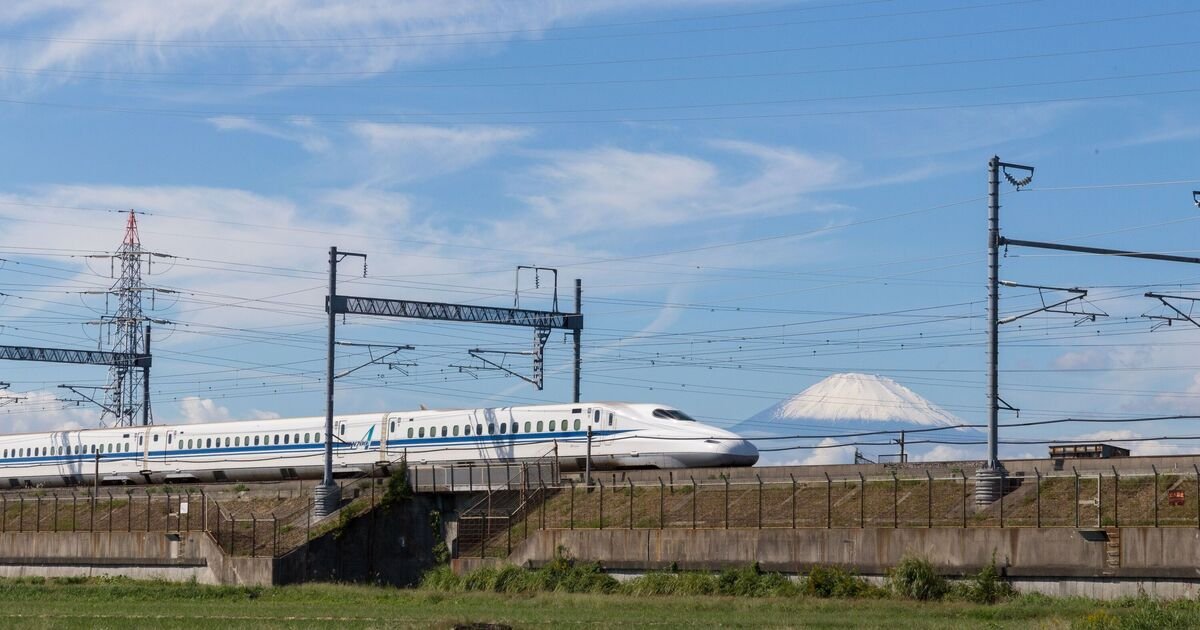
Japan’s iconic Shinkansen high-speed trains could be crossing huge swathes of the country without a driver with the next 10 years, East Japan Railway (JR East) has announced.
JR East, which is anticipating more labour shortages related to the country’s aging population, said on Tuesday it would test trains on a specific route where most of the driver’s tasks would be automated from 2028.
The driver would remain onboard during these test trips, the firm said.
Following the trial, the company hopes to deploy fully automated trains on a small out-of-service part of track the following year, NHK World Japan reports.
JR East would then aim to begin their first completely driverless line in the mid-2030s, between the capital Tokyo and Niigata, a port city on Honshu, the country’s main island.
The firm said in a statement: “By developing driverless driving and making the management of rail systems more efficient and sustainable, we will adapt to societal changes such as demographic decline and reforms in the way people work.”
On Wednesday a JR East spokesperson told AFP that one of the main motivations behind the move is “a need to constantly innovate in rail technology, which could then help address a labour shortage and other issues”.
Shinkansen trains on the line the company is hoping autumate can reach speeds of around 170 mph, while on certain other routes the speedometer can rise above 186mph.
It comes as Japan faces labour shortage across various sectors due to population decline.
Last year, Japanese PM Fumio Kishida warned the country is on the verge of not being able to function as a society due to the population struggles.
Japanese government figures published last year revealed over 10 percent of the population is over 80, while more than 30 percent is over 65.
Neighbouring countries are also facing demographic issues, BBC News reports.
China’s population fell for the first time in more than half a century in 2022, while South Korea has repeatedly recorded having the world’s lowest fertility rate.





